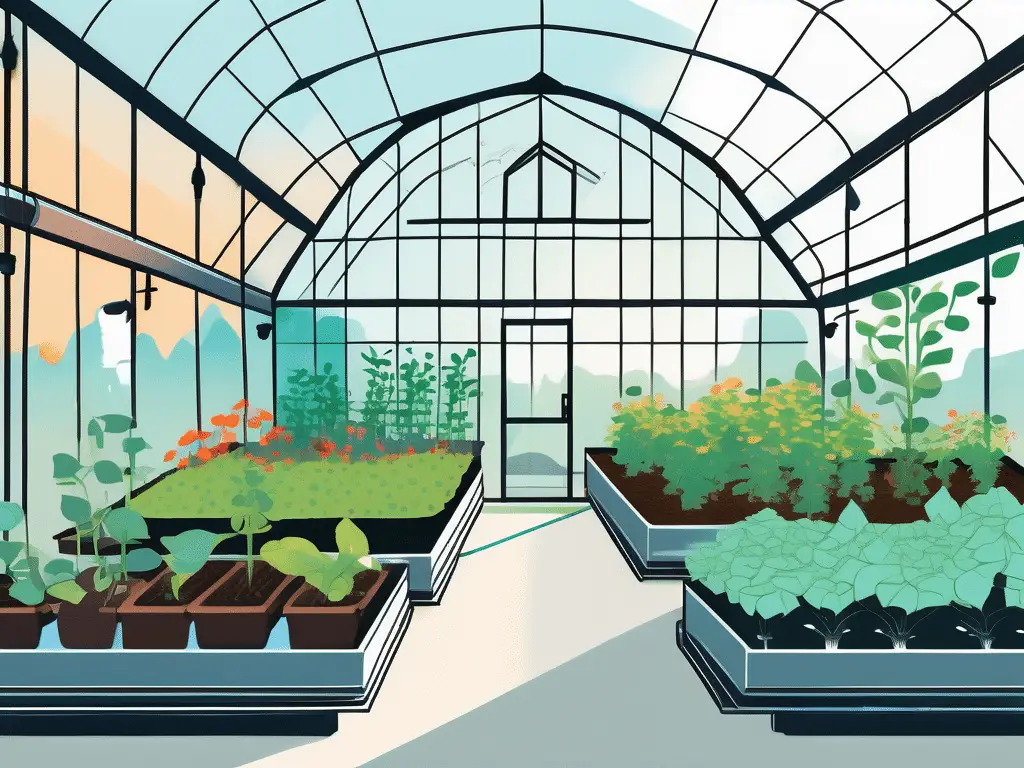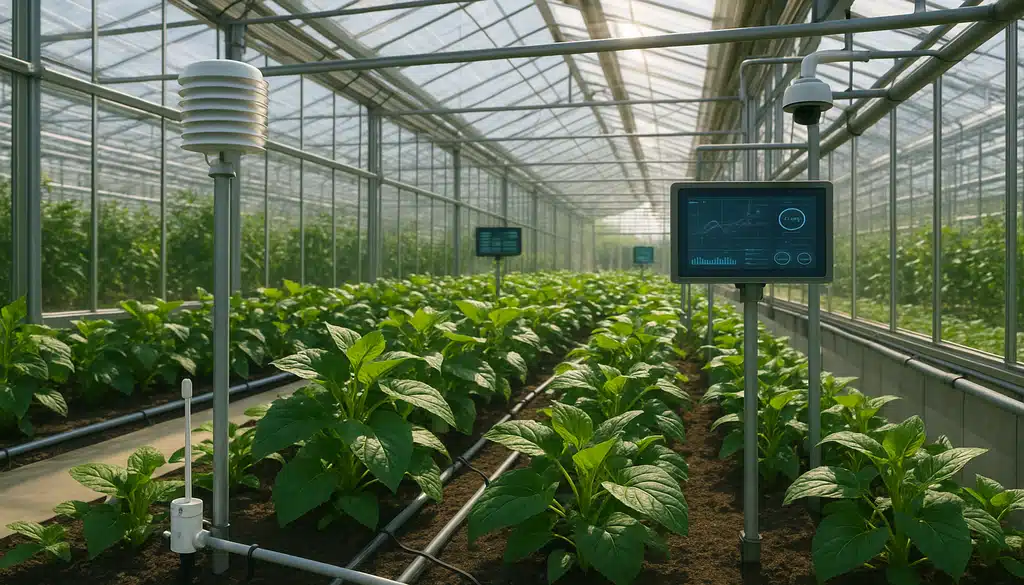
As environmental concerns continue to escalate, the pursuit of sustainable growth has never been more crucial. With a focus on reducing carbon footprints and enhancing food security, greenhouses have emerged as an invaluable tool in sustainable agriculture. This article explores free greenhouse programs, highlighting their benefits and offering guidance on effectively implementing them.
Understanding the Importance of Sustainable Growth
Sustainable growth refers to development that meets the needs of the present without compromising the ability of future generations to meet their own needs. In the realm of agriculture, this concept is vital for ensuring food security while preserving the environment. As the global population continues to rise, the pressure on agricultural systems intensifies, making sustainable practices not just beneficial but essential for long-term viability.
Key components of sustainable growth include:
- Resource efficiency
- Biodiversity conservation
- Waste reduction
- Adoption of renewable energy sources
Each of these components plays a crucial role in fostering an agricultural landscape that is both productive and ecologically sound. For instance, resource efficiency not only maximizes outputs but also minimizes inputs, ensuring that water and soil are used judiciously. Biodiversity conservation helps maintain a balance in ecosystems, allowing for natural pest control and pollination, which are vital for crop production.
The Role of Greenhouses in Sustainable Agriculture
Greenhouses play a pivotal role in modern sustainable agriculture. They provide a controlled environment that can optimize growing conditions, leading to increased crop yields and reduced water usage. By protecting crops from extreme weather conditions and pests, greenhouses also minimize the need for chemical pesticides and fertilizers. This controlled setting allows for year-round production, which can significantly reduce the carbon footprint associated with transporting out-of-season produce.
Moreover, greenhouses can be integrated with renewable energy sources, further enhancing their sustainability. For instance, solar panels can power greenhouse operations, reducing reliance on fossil fuels and lowering greenhouse gas emissions. Additionally, innovative technologies such as hydroponics and aquaponics can be employed within greenhouse systems, allowing for soil-less farming that conserves water and maximizes space. These methods not only improve efficiency but also contribute to a more sustainable food supply chain.
The Environmental Impact of Traditional Farming Methods
Traditional farming methods often lead to detrimental environmental impacts, including soil degradation, water resource depletion, and biodiversity loss. These practices, reliant on chemical fertilizers and pesticides, can contaminate waterways and reduce soil health. In contrast, sustainable practices foster healthier ecosystems. The over-reliance on monoculture crops can strip the land of essential nutrients, making it increasingly difficult to grow diverse crops in the future.
- Soil erosion due to over-tillage
- Water pollution from run-off chemicals
- Loss of native species from monoculture practices
Transitioning to greenhouse farming can mitigate these impacts, promoting a healthier environment and more resilient agricultural systems. By implementing crop rotation and intercropping within greenhouse settings, farmers can enhance soil fertility and reduce pest populations naturally. Furthermore, the use of rainwater harvesting systems in conjunction with greenhouses can provide an efficient irrigation solution, minimizing the stress on local water supplies. This holistic approach not only benefits the environment but also supports the economic stability of farming communities.
Exploring Free Greenhouse Programs
Access to resources and support for aspiring greenhouse farmers has grown in recent years. Many organizations now offer free greenhouse programs designed to promote sustainability and community engagement. These programs provide essential resources, knowledge transfer, and technical assistance to guide farmers in their greenhouse endeavors. By focusing on local food production, these initiatives not only help individuals gain practical skills but also contribute to food security in their communities, reducing reliance on imported produce and fostering a sense of self-sufficiency.
What to Look for in a Greenhouse Program
When evaluating free greenhouse programs, consider the following factors:
- Resources Offered: Look for programs that provide access to seeds, tools, and training materials.
- Community Support: Programs with a strong community or network can offer invaluable assistance and advice.
- Expert Guidance: Having access to agricultural experts or trained mentors can enhance your learning experience.
Benefits of Utilizing Free Greenhouse Programs
Engaging with free greenhouse programs comes with numerous advantages, including:
- Cost Savings: These programs often provide materials and resources at no cost, making greenhouse farming more accessible.
- Skill Development: Participants can develop vital agricultural skills, from plant care to pest management.
- Networking Opportunities: Connecting with other growers can foster collaboration and shared learning.
Ultimately, these programs empower individuals and communities to embrace sustainable agricultural practices. Additionally, many of these initiatives emphasize organic farming techniques, which not only benefit the environment but also produce healthier food options. By learning about composting, crop rotation, and integrated pest management, participants can cultivate a deeper understanding of ecological balance and biodiversity, which are crucial for long-term sustainability in agriculture.
Moreover, free greenhouse programs often include workshops and hands-on training sessions that cater to various skill levels. This inclusive approach ensures that both beginners and experienced growers can find value in the offerings. Participants can engage in practical exercises, such as building their own greenhouse structures or experimenting with hydroponic systems, which can lead to innovative farming solutions. The collaborative atmosphere encourages participants to share their experiences and challenges, fostering a sense of community that extends beyond the program itself.
Implementing Greenhouse Programs for Maximum Benefit
To maximize the benefits of greenhouse programs, proper implementation is essential. Here are some tips to get you started.
Tips for Getting Started with Greenhouse Programs
1. Conduct Research: Understand the specific greenhouse program’s requirements and offerings.
2. Engage with the Community: Network with existing participants to gather insights and experiences.
3. Set Goals: Define clear objectives for your greenhouse activities to keep your focus sharp.
Overcoming Common Challenges in Greenhouse Farming
While greenhouse farming presents numerous opportunities, challenges can arise:
- Pest Management: Implement integrated pest management strategies to minimize chemical use.
- Climate Control: Use modern technologies to monitor and control humidity and temperature.
- Resource Management: Plan for sustainable water and energy usage to enhance efficiency.
By addressing these challenges proactively, farmers can ensure successful greenhouse operations.
The Future of Sustainable Growth with Greenhouse Programs
As the demand for sustainable agriculture continues to grow, the future of greenhouse programs looks promising. Innovations in greenhouse technology and farming practices will further enhance their effectiveness and accessibility.
Predicted Trends in Greenhouse Farming
Emerging trends include:
- Increased use of automation and smart technology in greenhouse management.
- Integration of vertical farming techniques within greenhouse settings.
- Adoption of hydroponic and aeroponic growing systems for resource efficiency.
How Greenhouse Programs Contribute to a Sustainable Future
By providing essential resources and fostering community engagement, greenhouse programs significantly contribute to sustainability in agriculture. They empower individuals to participate in local food production while ensuring ecological balance. As more people recognize the value of these programs, their impact on sustainable growth will only continue to expand.
In conclusion, free greenhouse programs offer a vital pathway to sustainable growth, equipping communities with the tools they need to thrive while protecting the planet. Embracing these opportunities is crucial for a greener, more sustainable future.



